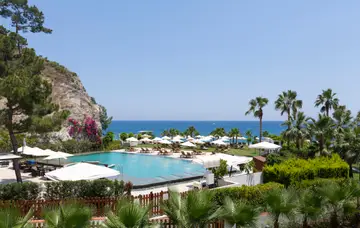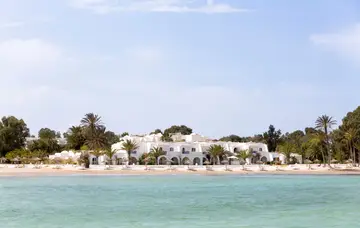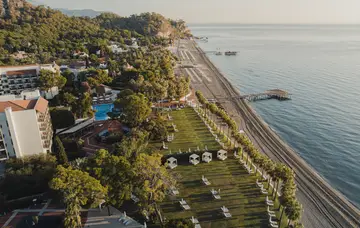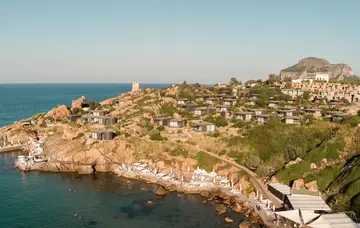Weather Variations Across Regions
Italy’s climate can vary significantly depending on which part of the country you visit and the time of year. Northern Italy tends to have colder winters and milder summers, which makes it perfect for winter sports in the Dolomites or sightseeing during the shoulder seasons. In contrast, Southern Italy, including regions like Puglia and Sicily, enjoys warmer temperatures year-round, making it ideal for beach holidays even in early autumn. When planning your trip to Italy, remember that the weather in March might still be cool in the north but quite pleasant in the south, offering different types of experiences depending on your itinerary.
Festivals and Major Events
Timing your travel around Italy’s vibrant festivals can make your experience even more special. In February, Venice Carnival transforms the city into a magical world of costumes and celebrations. Easter, usually in March or April, brings processions and religious festivities across the country, especially in Rome. In July, Siena’s Palio horse race offers a glimpse into medieval traditions. Ferragosto, celebrated on 15 August, is a national holiday where much of Italy heads to the coast. Later in the year, from November onwards, Christmas markets pop up in many cities, which adds festive charm to your trip. Choosing the best time to go can help you experience Italy at its most authentic.
Costs and Crowds
The time of year you choose to visit has a big impact on your travel budget. Peak season, especially July and August, sees the highest prices for airfares, accommodation, and attractions. Meanwhile, the shoulder seasons of April to June and September to early October offer fewer crowds, better deals, and a more relaxed pace of travel. Travelling during the low season, such as late autumn or winter months (except Christmas and New Year’s), often means lower costs and a chance to explore Italy without the crowds. Planning carefully can make a big difference to both your experience and your expenses.
Special Interests (Food, Wine, Outdoor Activities)
If your main goal is to experience Italy’s food and wine culture, plan your visit during the harvest season, from September to November, when many food and wine festivals take place. Spring months like April and May are perfect for countryside hikes, cycling tours, and enjoying the Italian countryside in full bloom. If you're keen on skiing, December to February is the time to explore the slopes of the Alps and Dolomites. For beach lovers, the summer season between June and early September is when the Italian coast and beautiful beaches are at their best. Choosing the right time for your visit ensures you get the most out of your special interests.


























